It is only in the last 40 to 50 years that Ikaria has seen holiday makers arriving in anything more than negligible numbers. However, the island actually has a fairly long history as a tourist destination – albeit not for leisure purposes. The attraction for earlier visitors was not Ikaria’s scenic beauty or the quality of its beaches, but rather the existence of a number of geothermal springs. These can be found in several locations along the South coast and they made Ikaria a spa destination. The springs have different concentrations of minerals, but what they all have in common is that what emerges out of the ground is warm – and radioactive (because it contains substantial amounts of radon). Advocates claim that bathing in the waters has various health benefits and can cure or alleviate illnesses like arthritis, rheumatism, gout and many others.
As the notice pictured below indicates, the springs have been used by people since antiquity.
The sign is at the end of the beach of a small spa town called Therma and points the way towards what remains of its Roman bath houses. Sadly, this amounts to only a couple of walls close to edge of the water.
When you walk a bit further you come to an area with some small pools where sea water mixes with the water from underground springs. Not far from there – but underwater – are the ruins of the original town, which was destroyed by an earthquake around 200 BC. The present town is depicted in the photo below.
It is a pleasant little place with a few hotels, restaurants, cafés and a couple of hydrotherapy establishments. There are good views from Therma towards Fourni, the neighbouring island. The shot at the top of this piece was taken from Therma’s jetty.
On the right-hand side of the small harbour is another hot spring. You can wade or swim there and give it a try. The bubbles come up through the rocks and I was surprised at how hot the water was at the back of the cave. On a warm day you certainly would not want to stay in it for very long.
Ikaria is one of the ‘blue zones’, a term coined by the author Dan Buettner for five areas of the world where people tend to live healthy lives for an unusually long time. There is some speculation online that there might be a link between the Ikarian peoples’ longevity and the radioactive springs. I have no idea whether there might be such a link and whether bathing in radon-infused waters really is beneficial. There is a sizeable body of knowledge about the dangers of radon and it is quite conceivable that prolonged exposure could have very adverse effects. After all, every single one of the Romans who frequented the bath houses of Therma is dead!
A couple of kilometres up the coast from Therma lies Agios Kyrikos, Ikaria’s main town. There is not a great deal to see there, but it has a pleasant harbour.
There are a number of cafés where you can enjoy a coffee, beer, or ouzo in the shade.
Agios Kyrikos is one of the island’s two ferry ports. The other one is Evdilos, on the North coast. It is probably as close as you come on Ikaria to a picturesque little town.
We always base ourselves in Armenistis, a village on the coast about 15 minutes from Evdilos by car. When we first visited Ikaria 29 years ago we found a little guesthouse we liked on the edge of the village. We have never stayed anywhere else in Armenistis and the owner, Eleni, has become a very good friend over the years. The photo below shows the view from our balcony.
The bay is quite shallow and ideal for bathing. The next shot shows the view from the furthest of the two beaches back towards Armenistis.
The photo was taken in the late morning during the first week of June. In July and August there would be quite a few more people in the shot.
As you arrive at the beach you encounter the sign below.
I think they mean that they want to keep dogs away from there. In any case, the turtles in the lagoon behind the beach do not take any notice.
Below are two photos of Armenistis itself. It is a very welcoming place with a laid-back atmosphere.
The area’s administrative centre is Christos Raches, a village some 5km away. Again, as the photo of the main street shows, if you are looking for hustle and bustle, you won’t find it here (although things tend to get more lively later on in the day – or night!).
Christos Raches is located a fair way up into the mountains. The view below, back to Armenistis, is from a point about half-way there.
Further up is this old church – in a lovely setting.
Just off the central square of Christos Raches is a small café run by the local women’s cooperative. They sell a variety of local food products, such as jams, cakes, and fruit syrups/brandies.
A particular favourite of ours are the green walnuts in honey. For this, the walnuts are picked unripe some time in June or thereabouts, before the nut inside has properly formed.
The green walnuts are then boiled in a syrup containing local honey, lemon juice and spices. This results in them turning jet-black and soft, with just a hint of a crunch when you bite into the actual nut. It is a traditional product which you used to be able to buy quite widely in Greece, but these days it is very hard to find. The women of the cooperative actively try to revive products like this and, I am pleased to say, seem to have some success in doing so.
Whilst Christos Raches itself does not offer many sights, there are a number of interesting places just a short distance from there. One of these is the reservoir below, a very tranquil and beautiful location.
Only a few hundred metres further along is the Moni Mounte monastery. It is surrounded by orchards, which, after becoming overgrown over the years, are currently being restored to their former glory. Several of the buildings on the site are in the process of getting a facelift, too.
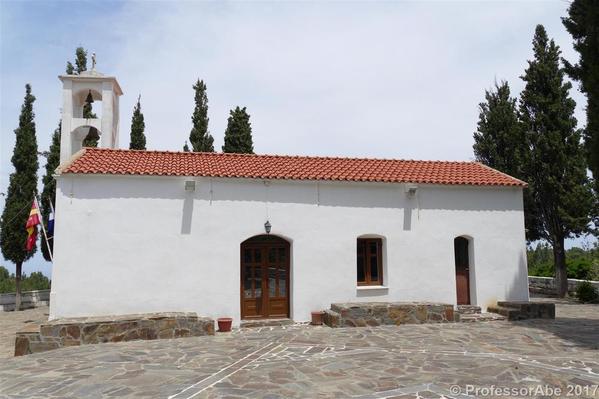 Below are two photos of the inside of the church.
Below are two photos of the inside of the church.
Grapes are being grown on Ikaria in all sorts of likely and unlikely places. About 3km from Christos Raches in the opposite direction to the monastery is the hamlet of Profitis Elias, which is home to the Afianes winery. For a token fee you get a tour and the opportunity to taste the wines.
The owners take justified pride in the fact that they use two traditional Ikarian grape varieties – Begleri (white) and Fokiano (red) – as well as traditional wine-making techniques. The photo below shows two old-style fermenting vessels, buried in the ground.
The winery does not produce huge quantities, but their wines are very good indeed.
There are other producers, too, who have a similar philosophy. The bottle of Begleri pictured below is from one of them. I’m afraid it was empty by the end of that particular evening.

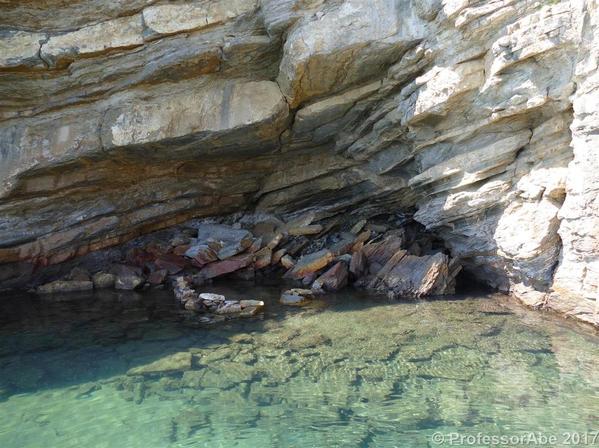
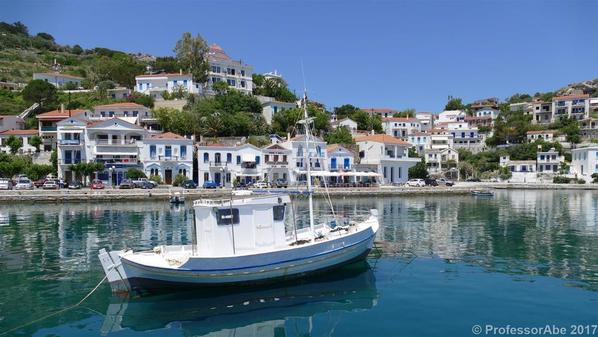
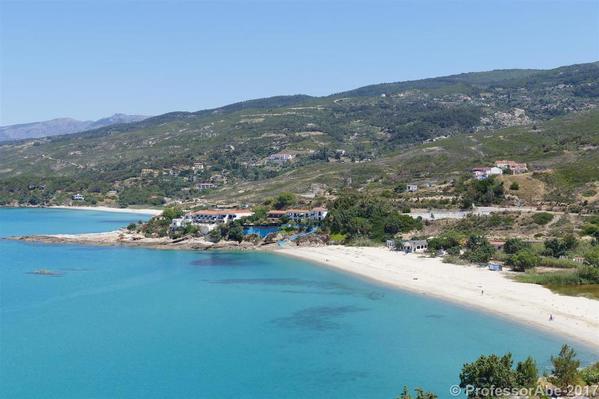
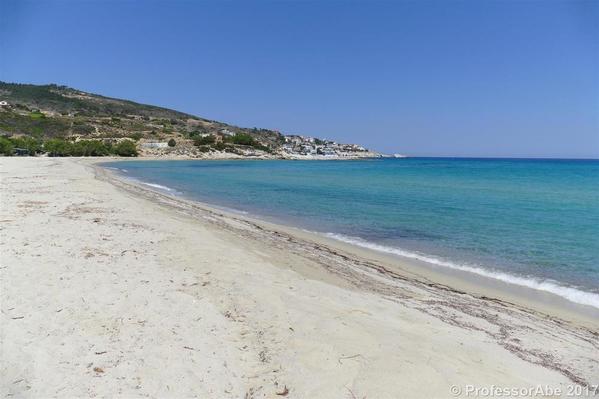
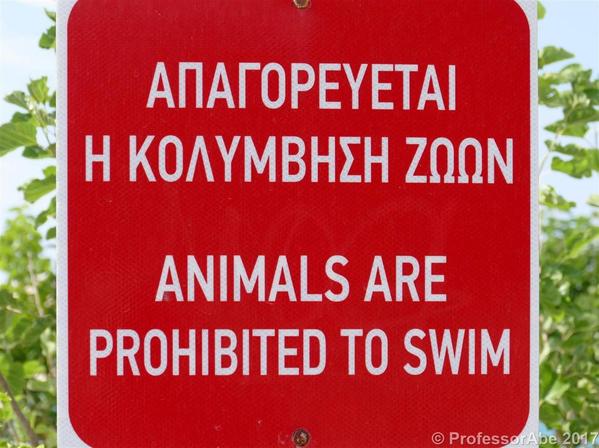
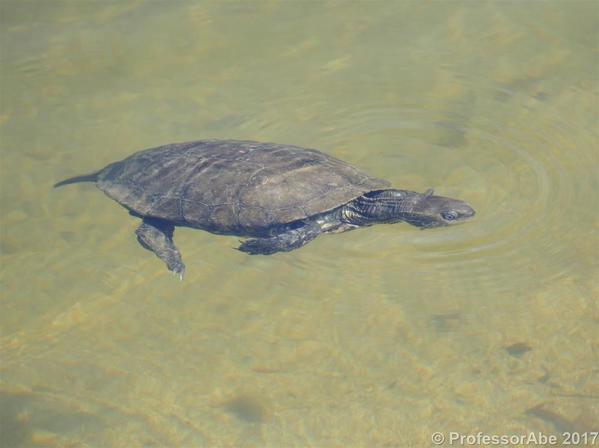
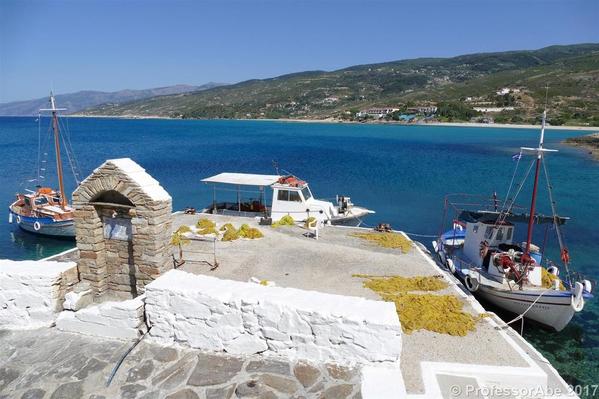
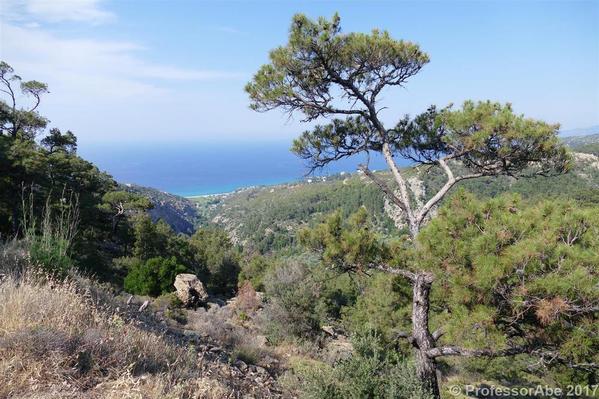
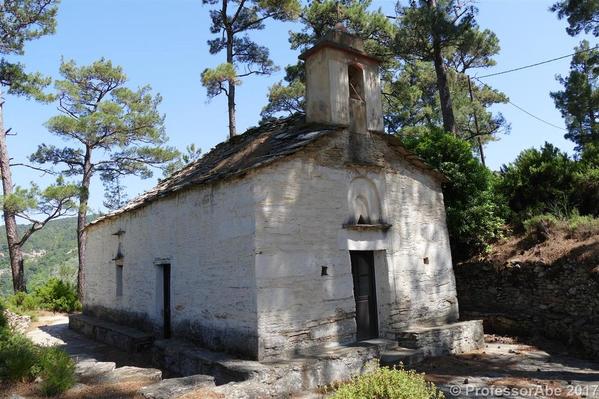
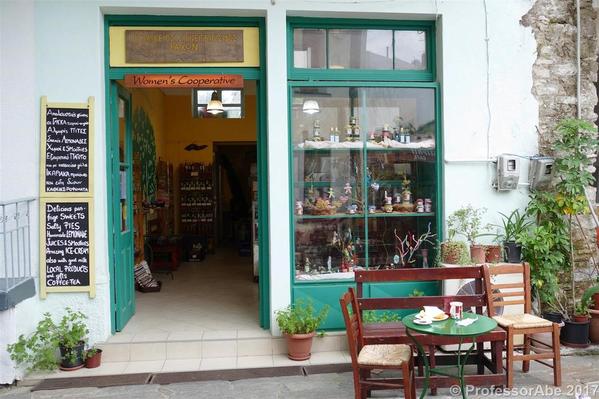
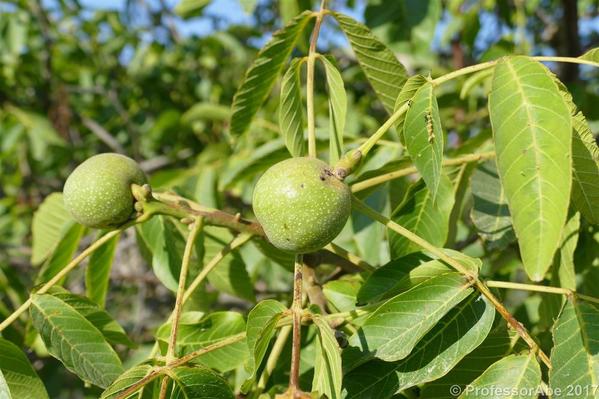
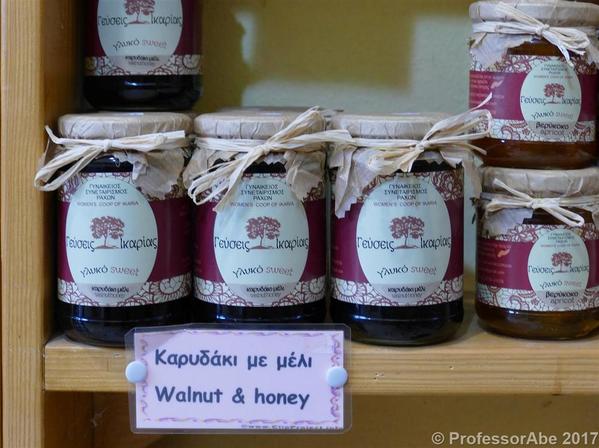
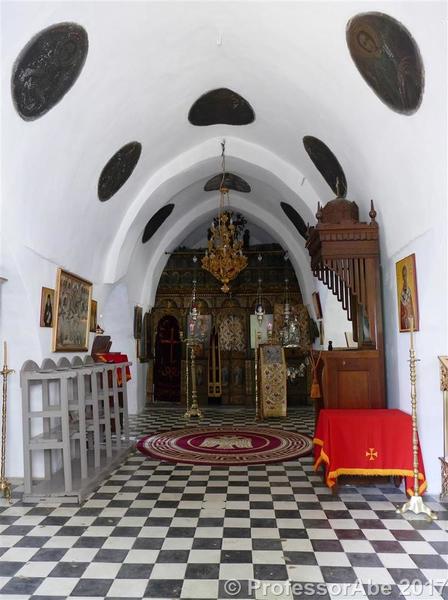
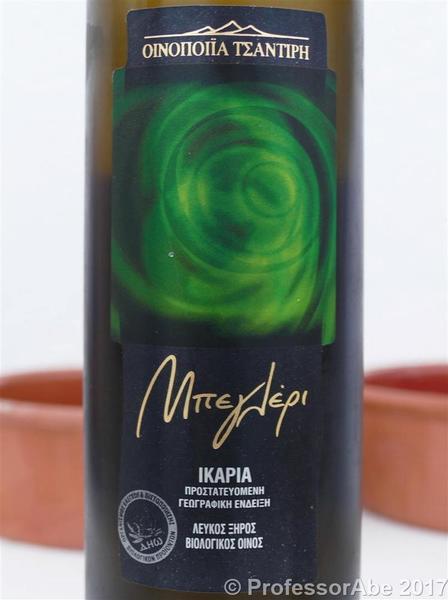
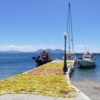















Comments (0)